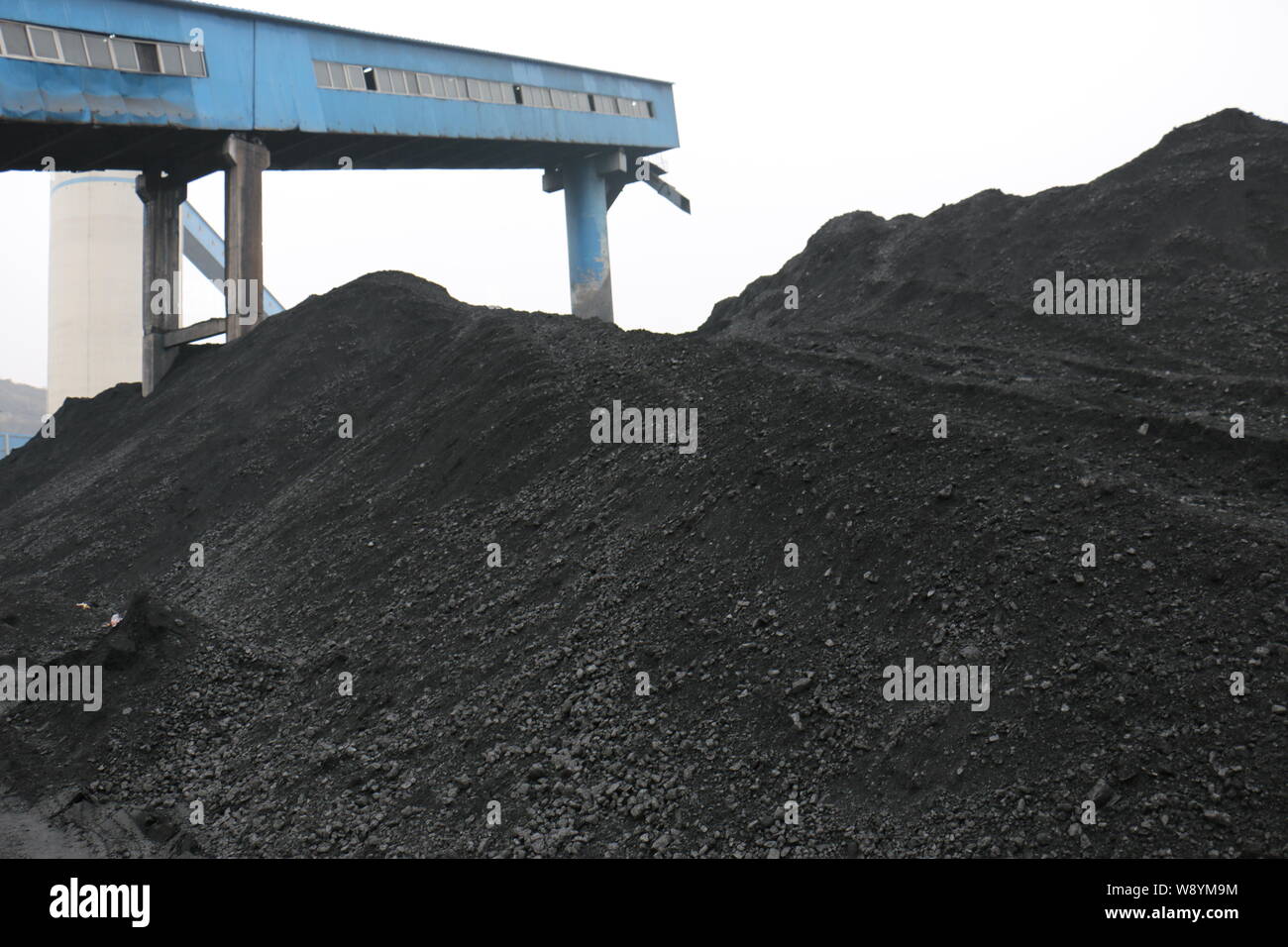--FILE--View of a coal mine in northwest Chinas Shaanxi province, 29 October 2014. China is grappling with a surge in the deadly disease pneumoco

Image details
Contributor:
Imaginechina Limited / Alamy Stock PhotoImage ID:
W8YM9MFile size:
57.1 MB (1.6 MB Compressed download)Releases:
Model - no | Property - noDo I need a release?Dimensions:
5472 x 3648 px | 46.3 x 30.9 cm | 18.2 x 12.2 inches | 300dpiDate taken:
29 October 2014Photographer:
ImaginechinaMore information:
--FILE--View of a coal mine in northwest Chinas Shaanxi province, 29 October 2014. China is grappling with a surge in the deadly disease pneumoconiosis, commonly known by its most vivid symptom: black lung, a consequence of decades of coal-fired development. Cases of black lung in the U.S. peaked in the 1960s. But the world¯s second-largest economy and top coal consumer is just starting to deal with the fallout. Miners were the front line of China¯s boom, working in an often-lethal industry that is powering China¯s transformation. Now they are among its casualties, struggling to get treatment and to pay for it. Masks reduce the risk of black lung, and Chinese companies are required to supply them. But the law doesn¯t specify how often they should be worn, and many miners don¯t wear them, according to China¯s leading black-lung support group Love Save Pneumoconiosis. China¯s struggle with black lung is likely to outlast its addiction to coal. China last month made a commitment to start reducing its annual volume of coal usage by 2030. That turning pointªcalled °peak coal±ªcould occur years before that as this country cleans up its degraded environment. China¯s diagnoses of pneumoconiosis have risen sevenfold from 2005 to 2013 to about 750, 000, at an average pace of 35% annually, according to official data.